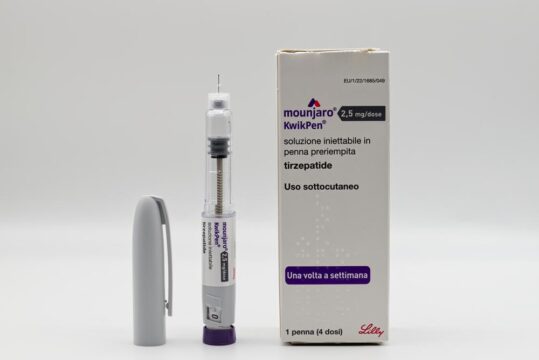Advertisment
Could umbilical cord stem cells cure blood cancer?

Stem cells have promised to be the catalyst for major strides in medical research for decades. While progress in some fields has been slower than initially hoped, scientists say advances in cell transplantation techniques are raising the prospect of curing patients with acute myeloid leukaemia (AML).
In a new paper published in Leukemia, researchers from Osaka University compared two strategies for cell transplantation in a subset of individuals with AML, a common type of blood cancer that has a relatively low survival rate. It is particularly deadly for patients suffering from refractory and relapsed AML (R/R AML), meaning their cancer has stopped responding to treatment and has returned after a period of remission.
The only treatment option at present replies on hematopoietic stem cell transplantation (HSCT) in which stem cells are obtained from someone other than the patient. This approach has shown good outcomes but is complex and only suitable for a small number of patients. The disease must be in complete remission because patients in non-remission often relapse following treatment. Donor selection is important, and transplantation from a human leukocyte antigen matched related (MRDT) donor is seen as ideal.
Another transplantation method similar to MRDT is known as cord blood transplantation (CBT) with comparable effects. However, previous studies have suggested that CBT may be more effective for R/R AML patients with non-ideal conditions.
‘We believe CBT would be a great treatment option for R/R AML patients in non-remission given the circumstances,’ says lead author of the study Yoshimitsu Shimomura. ‘However, there are currently limited data for how this subset of patients would respond to CBT.’
To establish such a dataset, the team examined survival data of 1,738 adult non-remission R/R AML patients who were given CBT and compared them with those of 713 similar patients who were given MRDT. These comparisons were made by examining the 5-year progression-free survival (PFS) rates of these Japanese patients.
‘Before comparing PFS rates, we performed propensity score matching,’ explains Shimomura. ‘This took into account factors such as patient age, sex, years of treatment, and others to ensure all comparisons were as fair as possible and no biases were introduced.’
Interestingly, the MRDT-treated patients had an 18.1% 5-year PFS, while this value for the CBT-treated patients was 25.2%. The difference was statistically significant, meaning there were enough data in the study to have confidence that the results are representative and meaningful.
‘CBT compared with MDRT had a more pronounced decrease in relapse rate than increase in NRM,’ said Shimomura.
These intriguing data support CBT as a potentially superior alternative to MRDT for patient prognosis and thus provide evidence which may influence clinical guidelines on R/R AML treatment, the authors concluded. Future studies will investigate whether genetic factors play any roles in patients’ responses to these two transplantation methods. Additionally, patient quality of life will be considered to optimise therapeutic development for this deadly disease.





